Bibliographie: J. De Vos, M.-A. Ruan, J.-P. Tortil, Jean Lambert-Rucki, Ed. Galerie De Vos, Paris, 1988, N° 50 page 68
Expositions:
- Exposition Internationale de 1937, Esplanade du pavillon de l'U.A.M., Paris, L'Accueil des Artistes Modernes.
- Centenaire de la naissance de Jean Lambert-Rucki, Galerie Jacques De Vos, Paris, octobre-novembre 1988.
- Lambert-Rucki, Soufer Gallery, New-York, octobre-novembre 1989.
- Lambert-Rucki, Les Parisiens et les autres, Galerie Jacques De Vos, mai-juin 1993.
- Les Rucki père et fille, Galerie Jacques De Vos, juin et juillet 1995.
- D'hier et d'aujourd'hui. L'expressionisme entre Figuration et Abstraction. Jean Lambert Rucki et Félix Rozen, Musée des années 30, Boulogne-Billancourt, novembre 2004-janvier 2005.
- Lambert-Rucki, De Vos & Giraud Gallery, New-York, 17 novembre-16 décembre 2006.
- Quand la peinture devient Sculpture. L. Borgey, G. Colucci, J. Constant, J.-P. Rives, J. Lambert-Rucki, Galerie Jacques De Vos, Paris, avril 2016.
Lambert Rucki was born in 1888 in Poland, he was trained at the Academy of Fine Arts in Krakow, then Jean Lambert-Rucki was marked by his discovery in 1909 of the works of Picasso and Negro art. Settled in Paris from 1911, he found there his compatriot Moïse Kisling, he rubbed shoulders with Modigliani and Soutine. In 1920, he married Monique Bickel (born in 1892), a pupil of the sculptor Rodin, that same year he met the art dealer Léonce Rosenberg and befriended Joseph Csaky and Gustave Miklos who would become his daughter's godfather. "Mara" he finds his friend Léopold Survage alongside whom, among others, he participates in the first exhibition of the Section d'Or at the Galerie de la Boétie in Paris. A marginal figure from Cubism, Jean Lambert-Rucki participated in the 1930s in the adventure of the Union of Modern Artists founded in 1929 by dissidents of the Society of Decorative Artists, Robert Mallet-Stevens, Francis Jourdain, René Herbst and Hélène Henry, soon joined by decorators of the modernist trend, such as Pierre Chareau, Jean Prouvé, Le Corbusier or Charlotte Perriand. Until the end of his life, he multiplied the exhibitions of his works, carried out numerous commissions throughout Europe (construction sites in Alsace, Canada, Belgium, the USA, etc.) and for churches (major renovations after the Great War), participated in the great manifestation of Sacred Art or collaborated with Jacques-Emile Ruhlmann and Jean Dunand during the International Exhibition of Decorative Arts in Paris in 1925, a period in which he became one of the pioneers of the Modern Sacred Art. In May 1943, he participated in a group exhibition as part of the artists of the "2nd group" of the Galerie Drouant-David in Paris (Braque, Derain, Dufy, Maurice Denis…). This man with an elegant silhouette is welcoming and humorous. The smiling air and blue eyes of Jean LAMBERT-RUCKI immediately attract him sympathy. He was a frank and solid artist, a true man in the full sense of the term. His spontaneity and natural fantasy do not exclude hard work and a love of craftsmanship that is unusual in execution. Willingly yielding to his impulses, this instinctive is above all dependent on his independence. This refined being likes the candor of the fields, the fresh nature and the light. He offered us a tender and pure world of beauty that fits perfectly into the avant-garde movements in which he was perfectly involved.


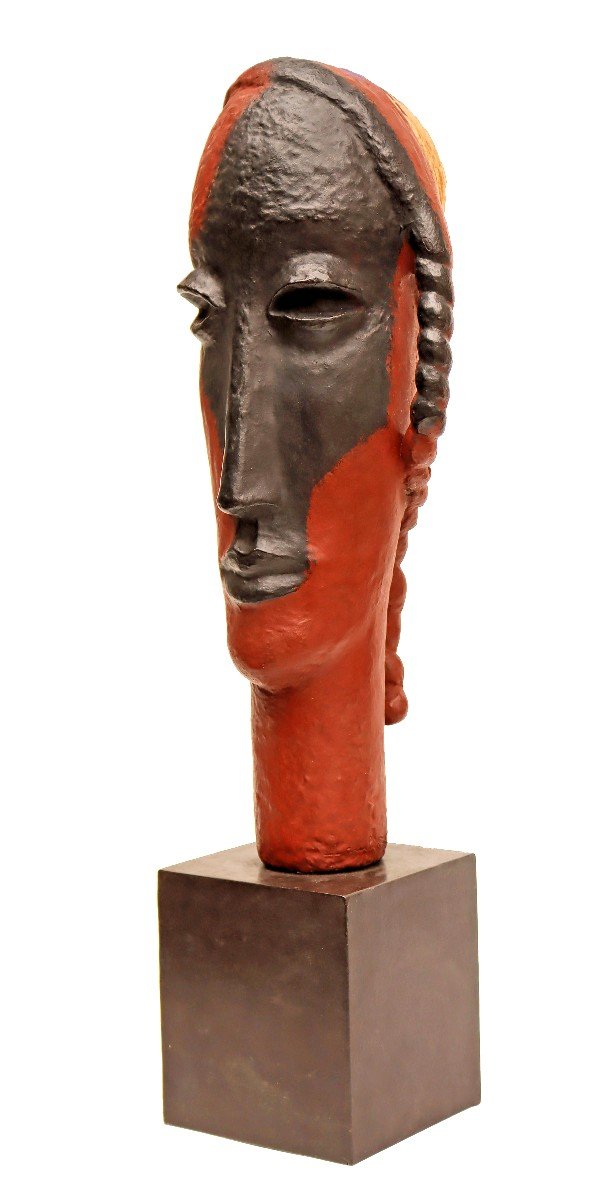
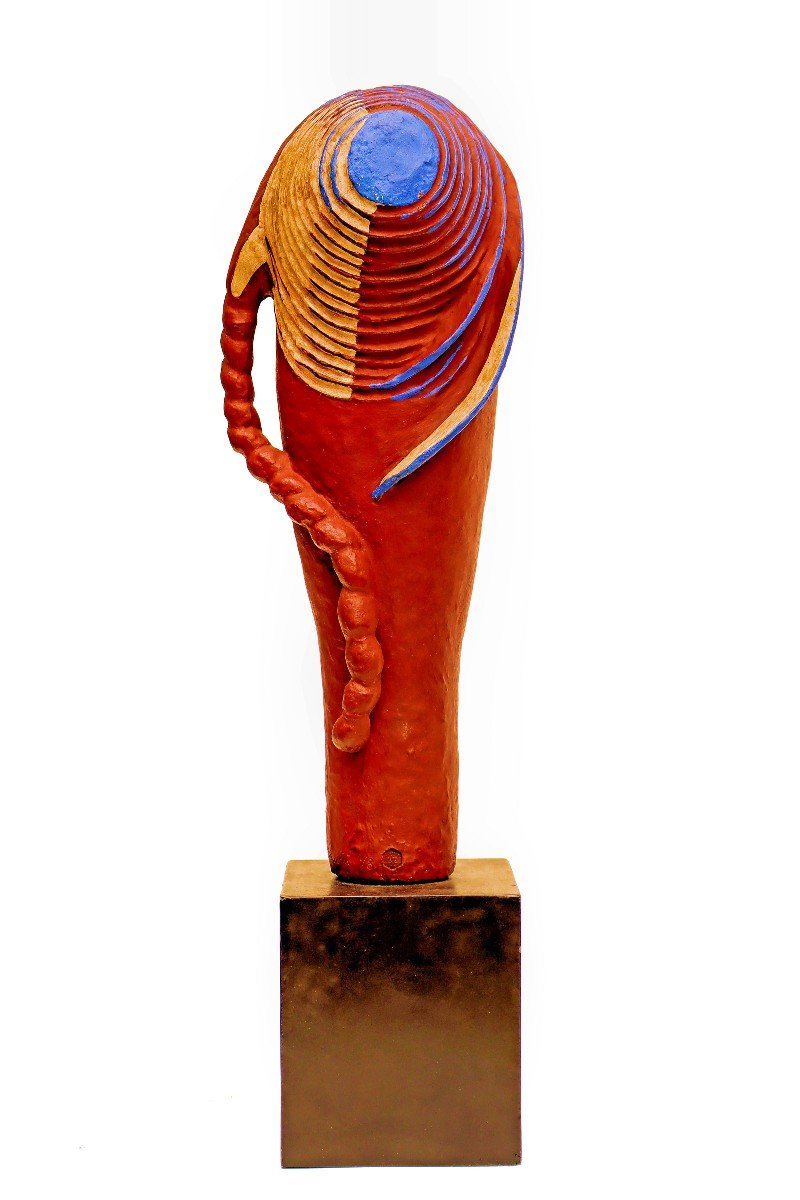
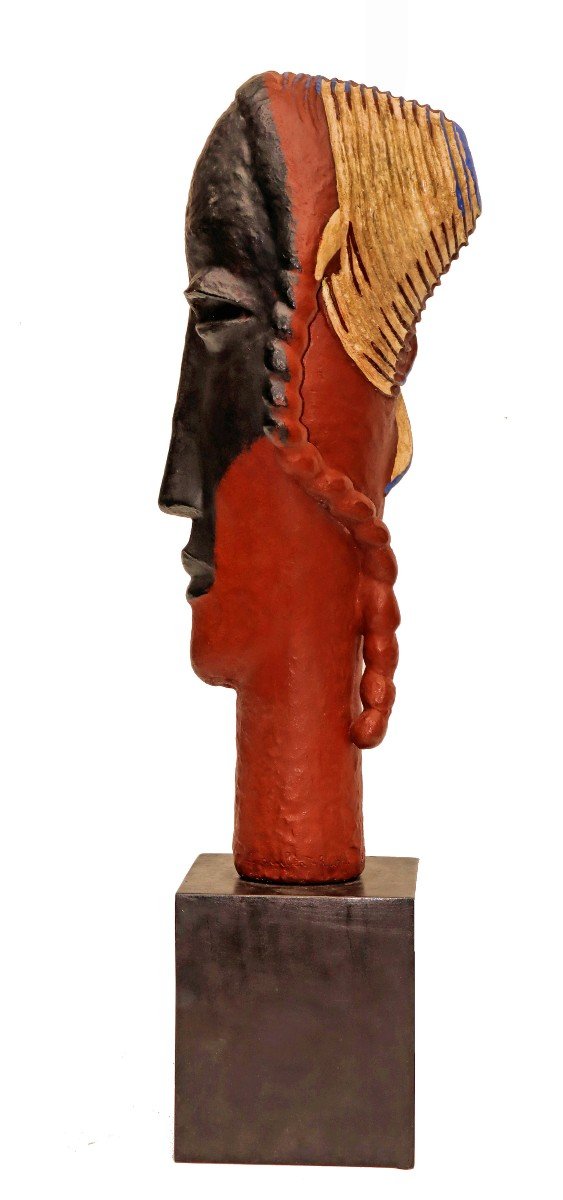
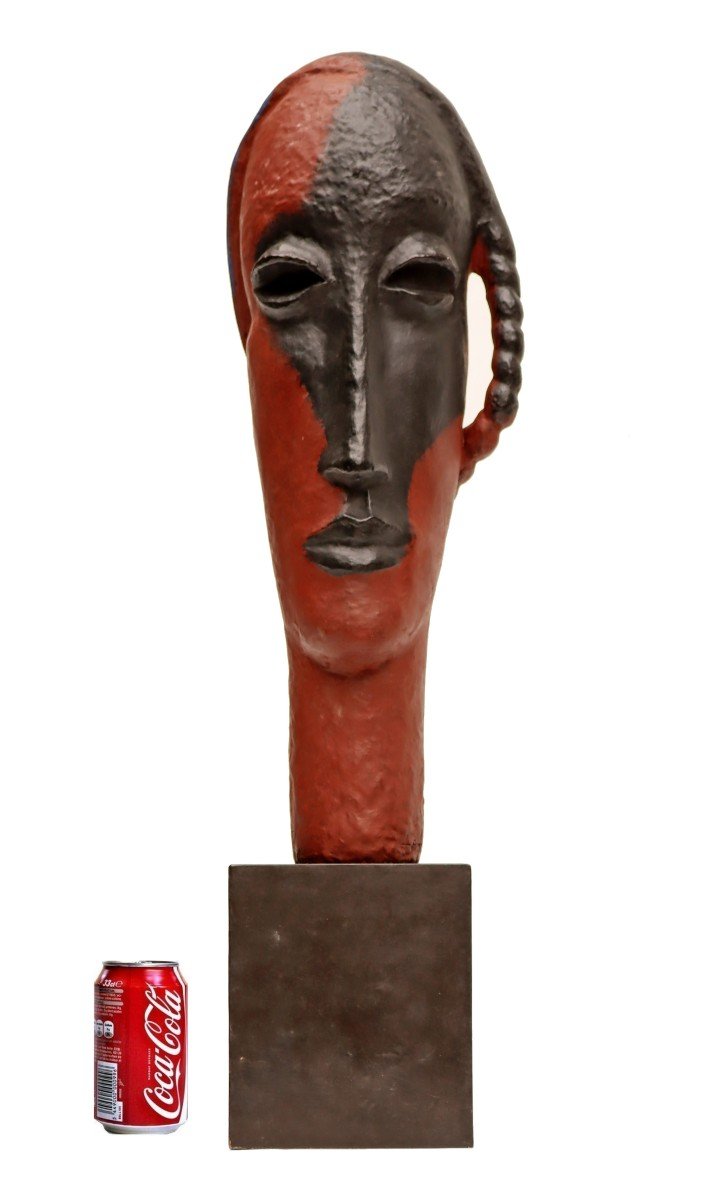

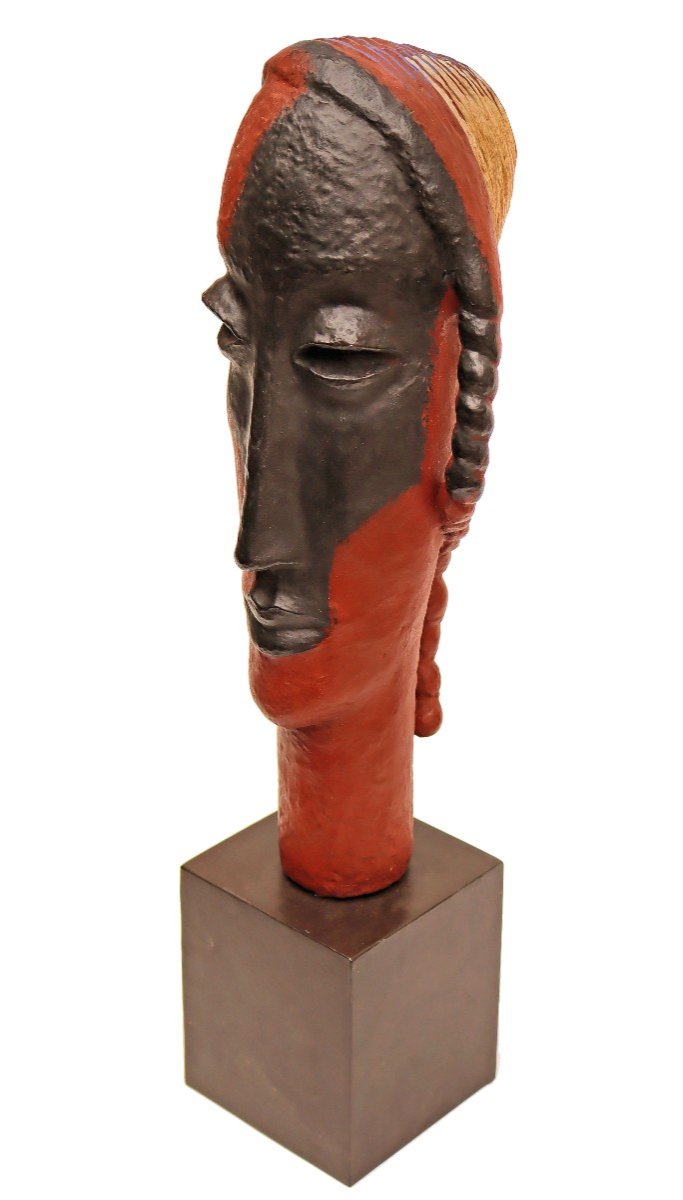
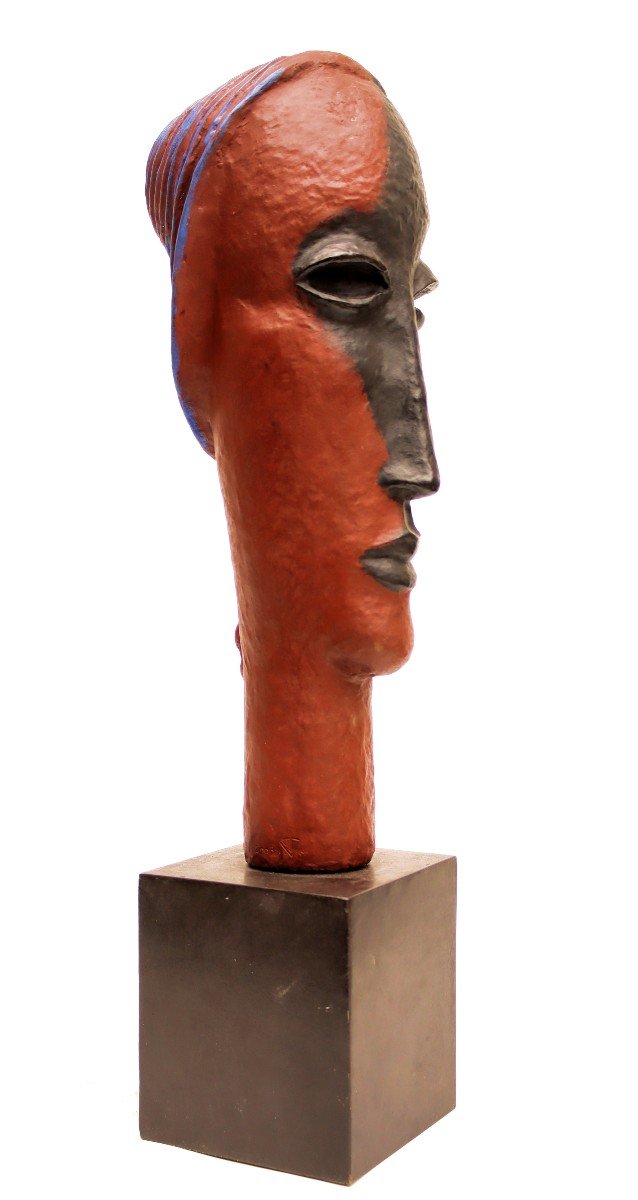
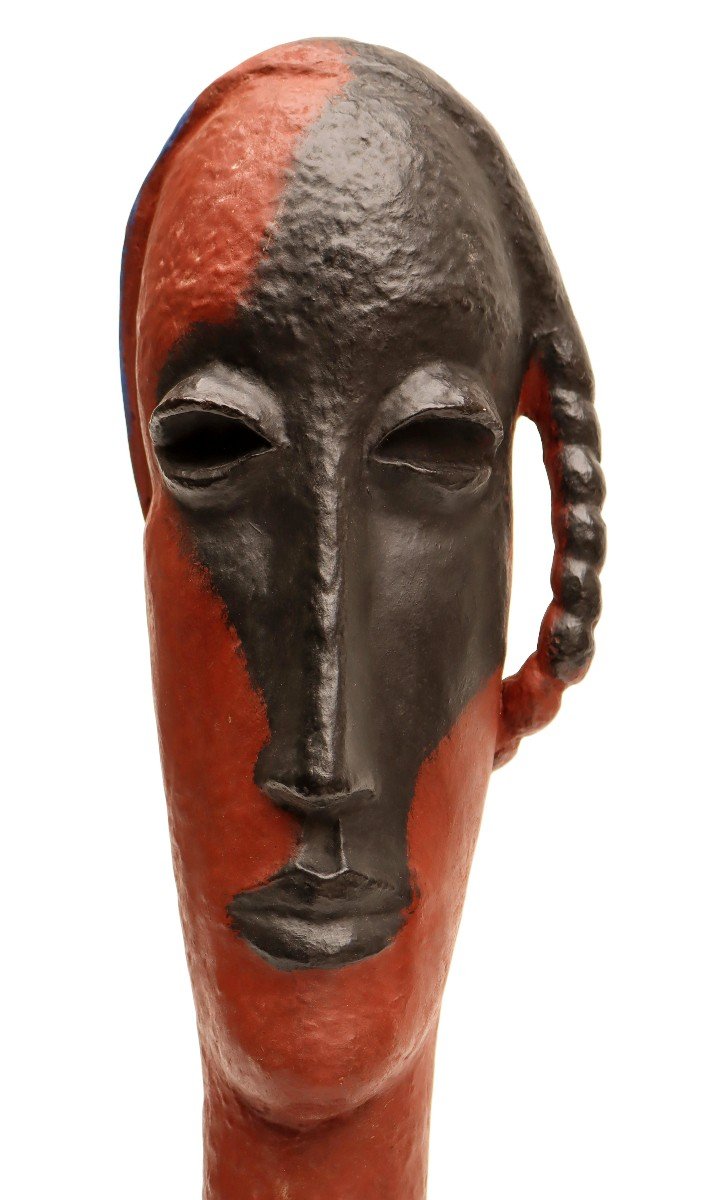
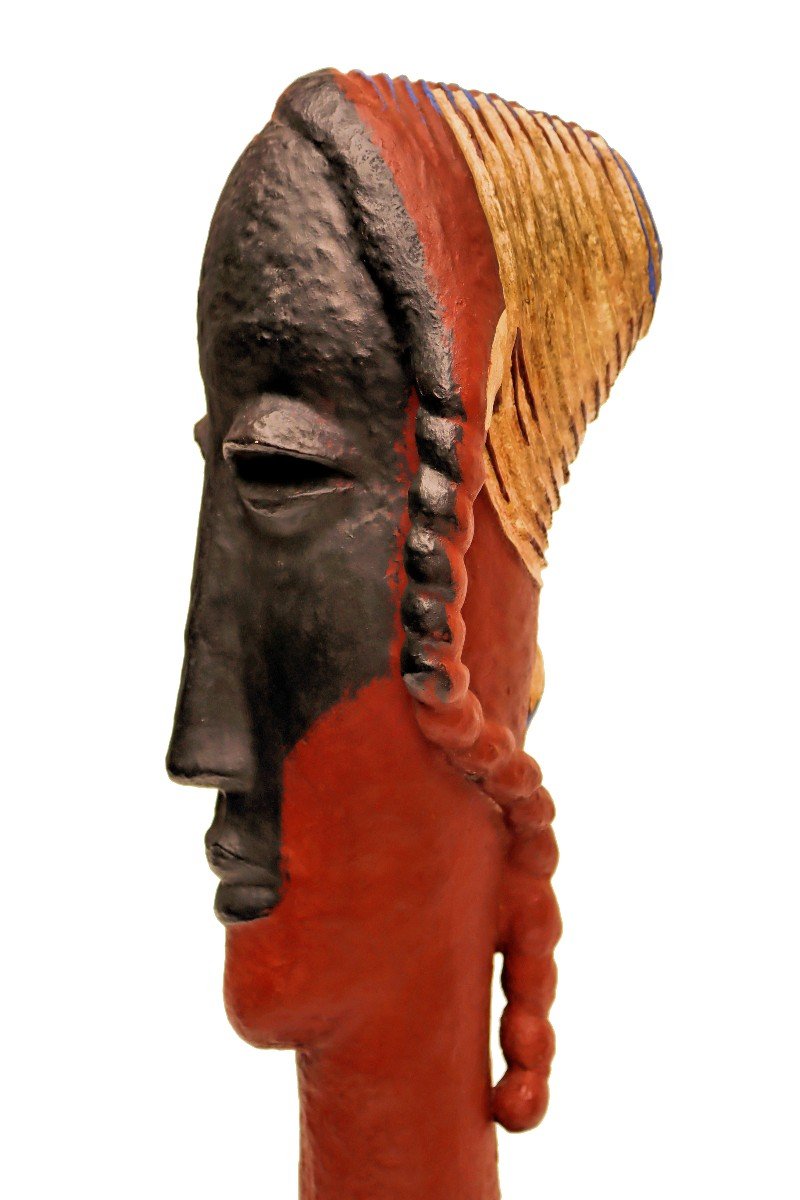
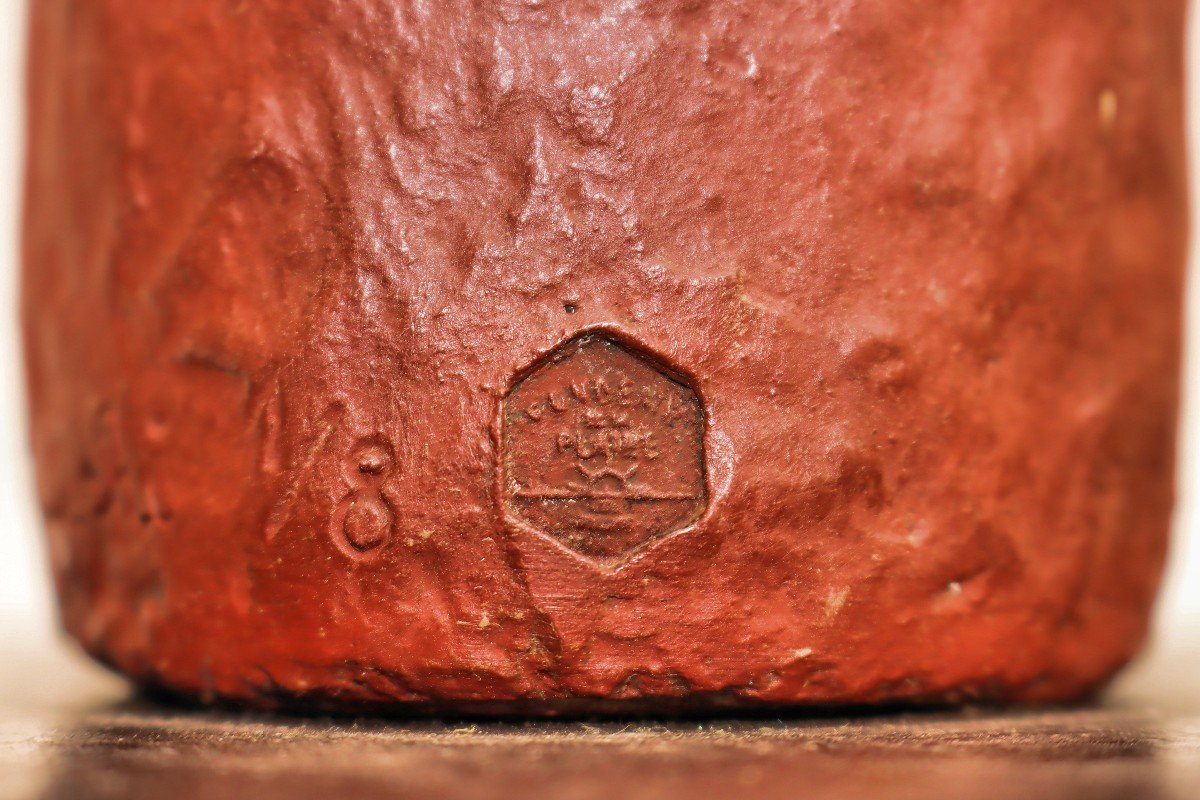
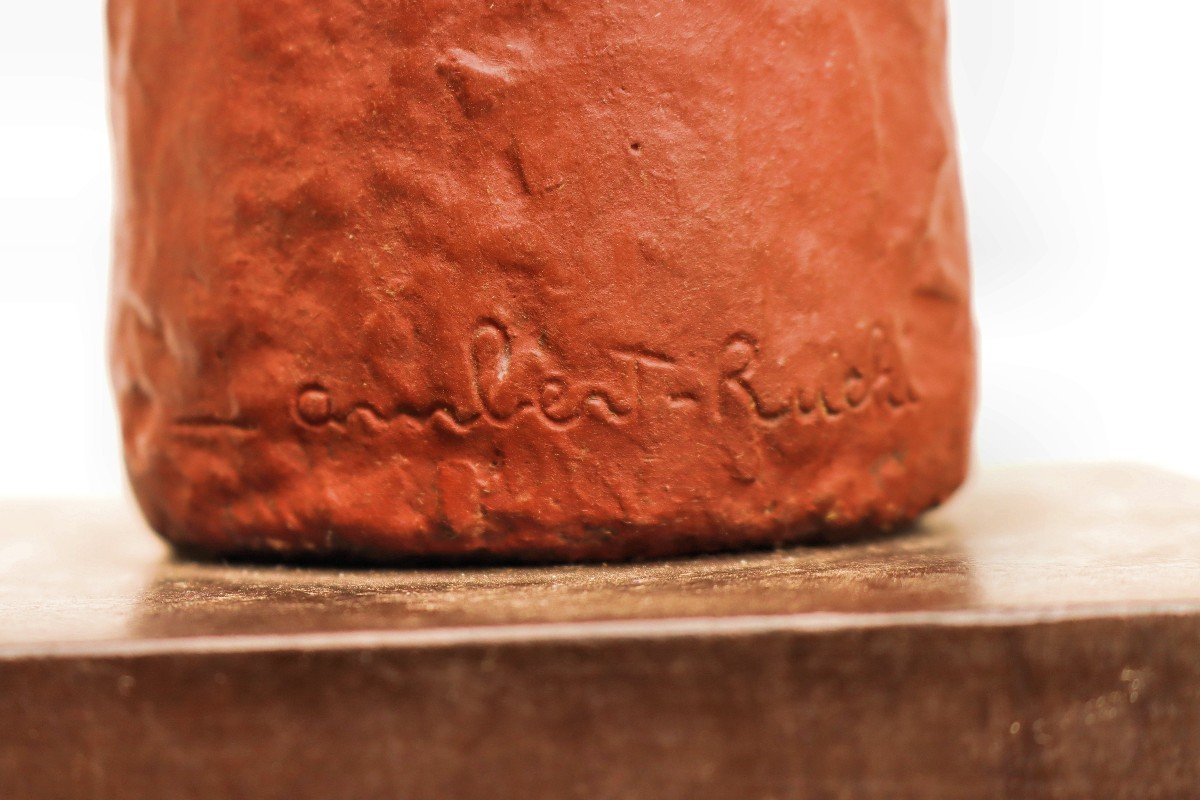
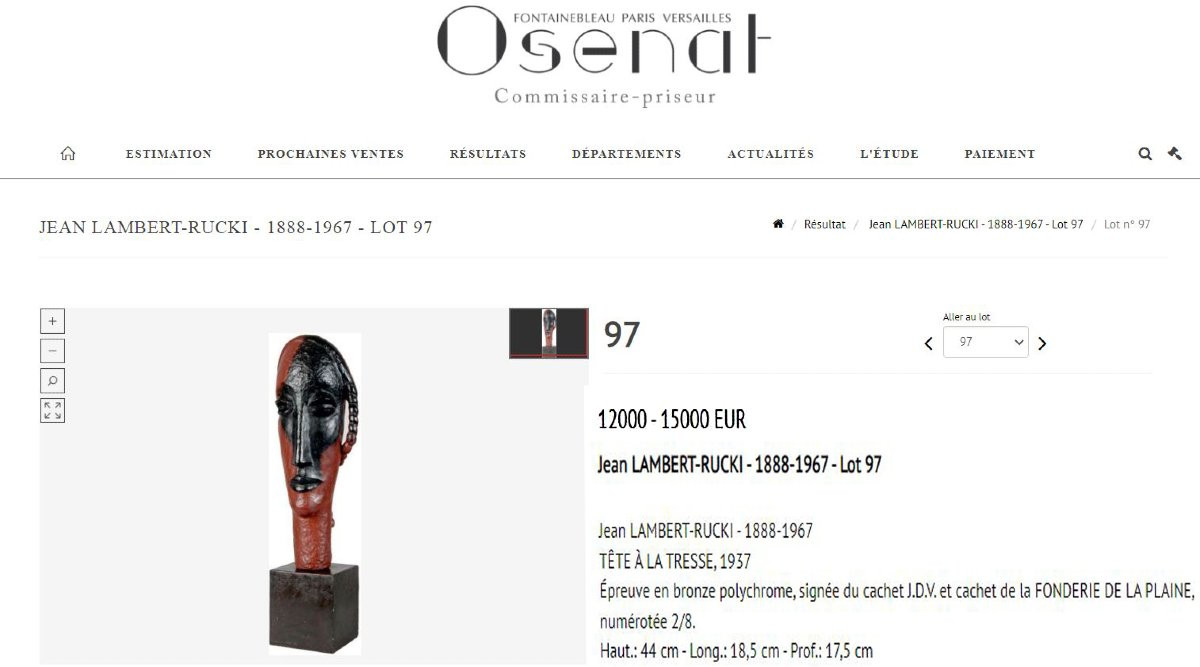














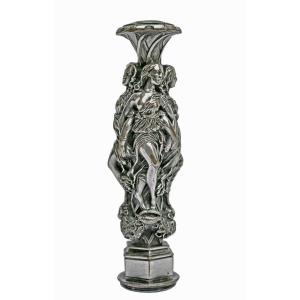
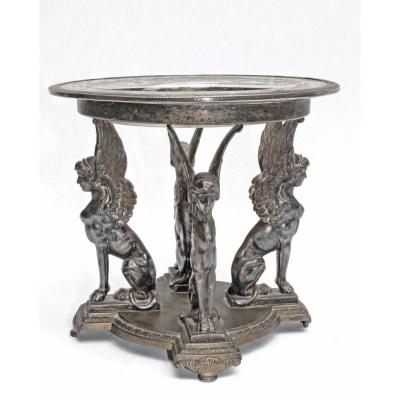

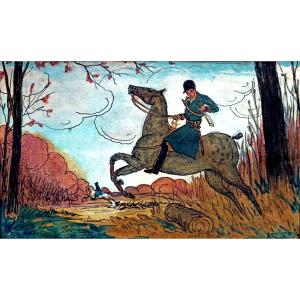
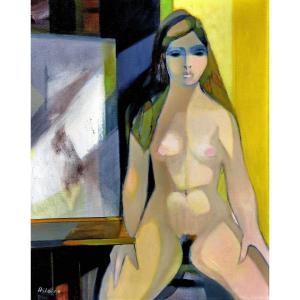

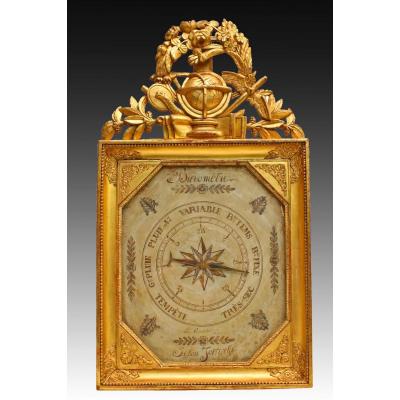
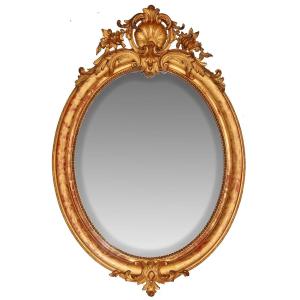
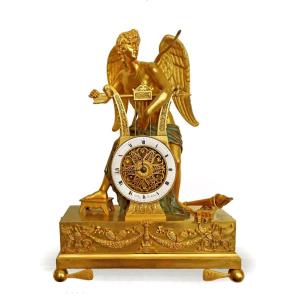
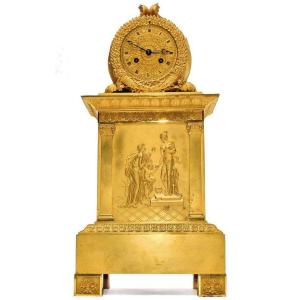




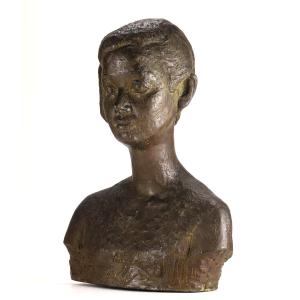







 Le Magazine de PROANTIC
Le Magazine de PROANTIC TRÉSORS Magazine
TRÉSORS Magazine Rivista Artiquariato
Rivista Artiquariato